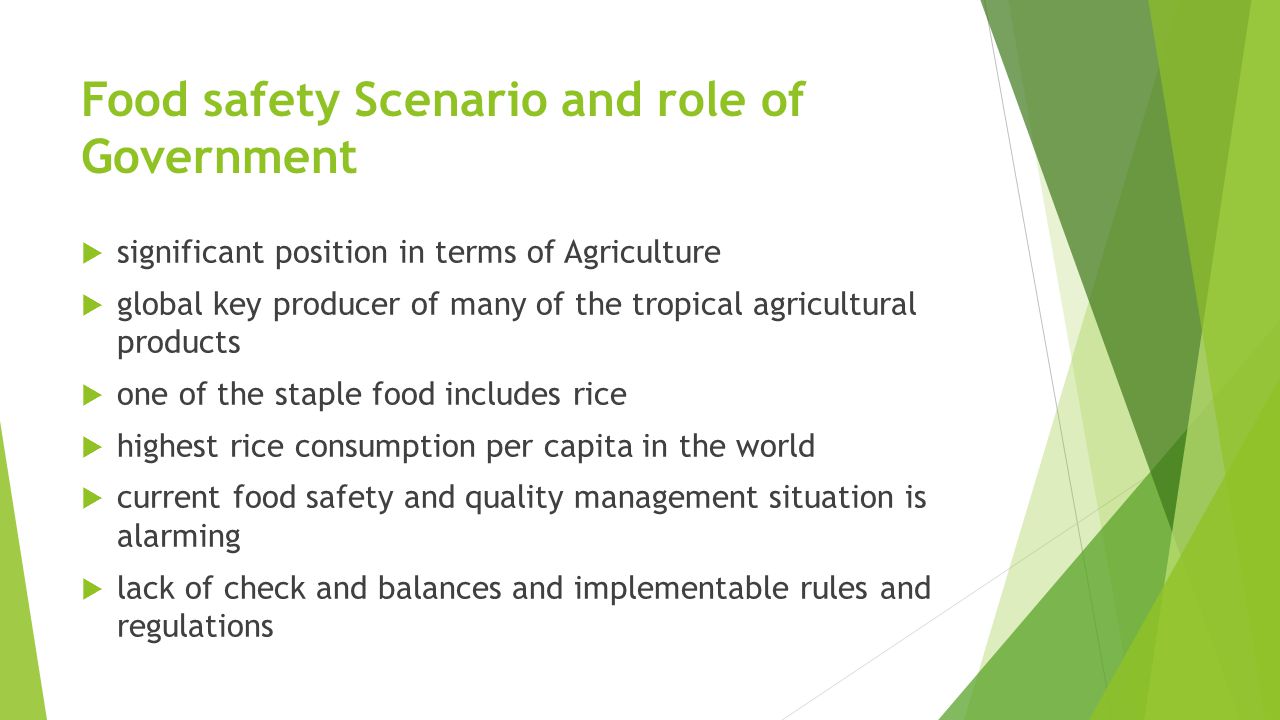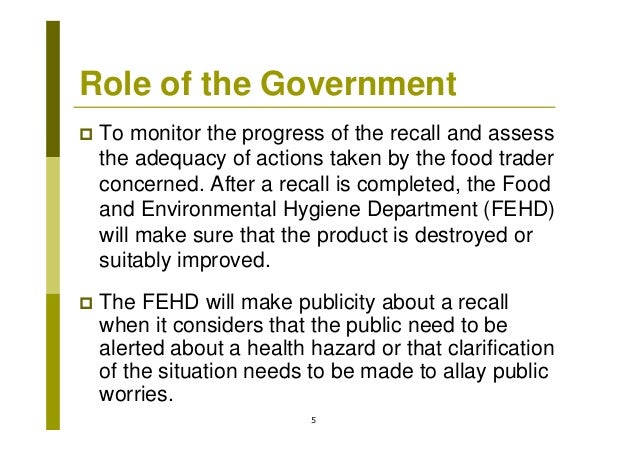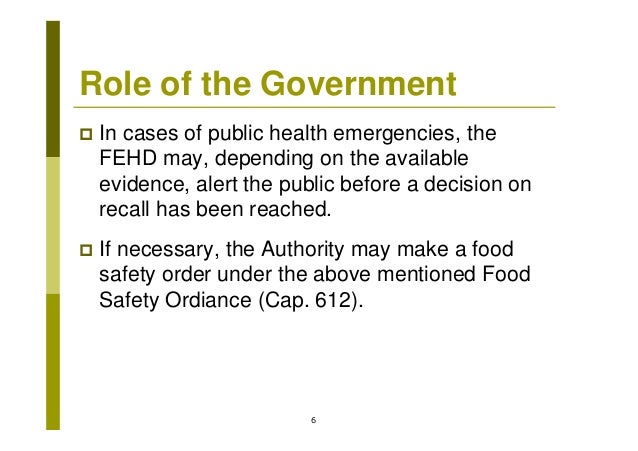Food Hygiene by Garima Joshi
FOOD HYGIENE
Food hygiene is an essential aspect of food safety. It refers to the processes that directly involve food – including storage, preparation, and cooking.
The key elements of food hygiene are:
- Personal hygiene. This includes handwashing, protective clothing, illness procedures, and other duties (such as avoiding smoking).
- Preventing cross-contamination. This includes preventing bacterial, physical, chemical, and allergenic contamination, particularly by having appropriate equipment in place (such as separate cutting boards).
- Cleaning procedures. Thorough cleaning of the kitchen, equipment, and kitchenware (including plates and cutlery) is vital.
- Allergen control. All businesses must clearly explain which foods are allergenic and must prevent allergens from cross-contaminating other food.
- Safe storage of food. This includes storage locations and containers, a FIFO system labeling, and temperature control.
- Cooking temperatures. Businesses must ensure they cook and hold food at appropriate temperatures to prevent bacterial risks.
Food Safety and Hygiene Practices
A safe and hygienic workplace helps to create a productive workforce, therefore creating a food safety and hygiene policy will ensure all employees know how to contribute to appropriate work practices. Your workplace food safety and hygiene policy should include the following important principles:
Thorough Cleaning
Ensure the area which you are working in is clean and hygienic. This involves thoroughly cleaning and sanitizing the workspace, utensils and equipment prior to cooking, in-between cooking tasks and after cooking.
Cooking utensils and equipment, such as chopping boards, knives and mixers, must be thoroughly cleaned between dealing with foods. For example, either a separate chopping board must be used or it must be thoroughly cleaned between chopping raw chicken and vegetables. If this is not done, the bacteria from the raw chicken will transfer onto the vegetables and cross contamination of foods will occur.
Ensure there are no ways that pests or insects could enter the workplace, through keeping the area clean, using pest control sprays, and covering food appropriately.
Personal Hygiene of Food Handlers
Ensure the individuals handling food have a high standard of personal hygiene. This includes:
- Tying hair back to ensure no hairs fall into the food.
- Thoroughly wash hands with soap and hot water, before, during and after handling food, to ensure no germs from your hands are transferred to the food.
- Wear clean clothes to work, to ensure no germs from your clothes transfer to the food.
- Wear gloves if you are handling food with bare hands.
Storage of Foods
Store food properly. Identify which foods must be kept at room temperature, which must be refrigerated, and which must be frozen.
If food needs to be refrigerated, it must be kept between the temperature of 0°C and 5°C. Therefore, refrigerators should be set at 3°C or 4°C.
Domestic freezers must be set at -18°C, which will stop chemical reactions occurring within foods. This will stop bacteria growing and producing toxins.
Correct Preparation and Cooking of Foods
Ensure you know which food requires washing before it is cooked. For example, fruits and vegetables require washing under cold water before they are prepared. However, there are certain foods which certainly must not be washed, such as raw chicken, as this could spread the bacteria from the chicken across the workspace.
Ensure you cook food to the right temperature. Food must reach a core temperature of 75°C, as this ensures that all bacteria will be killed off safely.
Food safety and hygiene is taken seriously internationally. In November 2019, the Ministry of Health and the Singapore Food Agency investigated reports of 30 illnesses which occurred after individuals consumed food from Taj Catering, owned by Singapore Fast Food Pvt. Ltd. The catering company have had their license suspended until further notice, whilst the investigation is taking place. The employees responsible for food hygiene at Taj catering will be required to pass a food hygiene officer course if the organization is going to be allowed to continue




Conclusion
The food safety is an important issue needs to be advanced as soon as possible. People are wishing to eat more clean and trustable food. Health is always crucial to everyone. Offering clean food to everyone is the first basic thing for everyone in the world. Preventing people from food-borne disease is the most important thing needs to be done. Nowadays technology has already been able to solve these problems but the governments need to cooperate with each other to gradually deal with them. And the government like China needs to focus more on cleanness of food and control the cleanness from the food’s origin to markets. Governments should be more open and exposure the real fact to the public.
- BY GARIMA JOSHI

Comments
Post a Comment